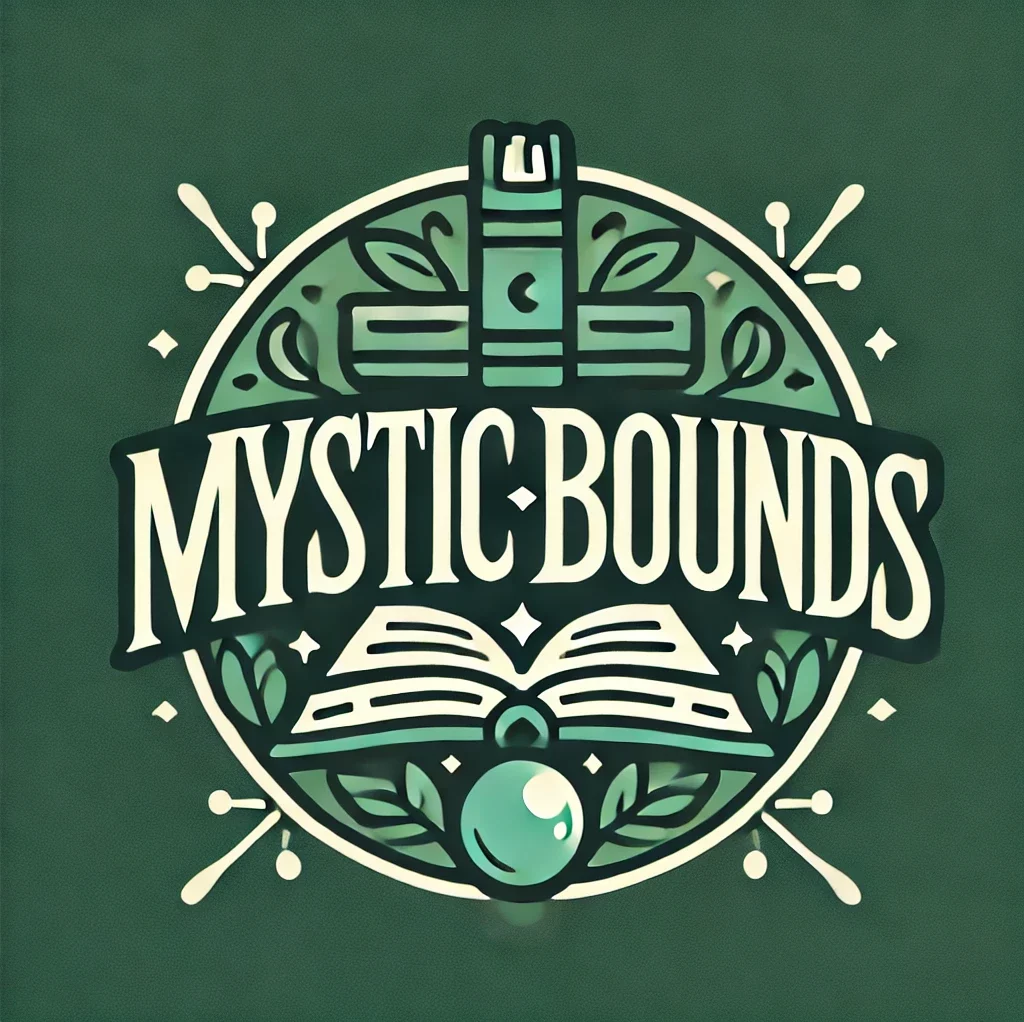Stepping into the evocative world of Catalina, we are welcomed into the enigmatic life of a young protagonist who mirrors the complexities of her creator, Karla Cornejo Villavicencio. As the pages unfurl, we witness Catalina’s journey through the lens of undulating ambitions and personal turmoil, resonating with readers eager to navigate the vicissitudes of youth and self-discovery.
-
Deliberate Uncertainty
Villavicencio orchestrates a deliberate dance of ambiguity within the narrative, akin to J.D. Salinger’s enigmatic storytelling. Just as Salinger’s readers grappled with the identities of the Glass family, we are called to venture into the labyrinth of Catalina’s world with a sense of intrigue and wonder, deciphering the untold layers that cloak the character’s essence. This intentional opaqueness sets the stage for a compelling storytelling experience that leaves us questioning and searching for meaning in every line. -
Empowerment through Embarrassment
In the midst of Catalina’s tumultuous journey towards adulthood, Villavicencio seeks to ignite a spark within readers, compelling them to metamorphose their personal chaos into creative brilliance. Through the lens of her protagonist’s uncertainties and fears, she invites us to embrace our vulnerabilities, transcending them into a reservoir of empowerment and growth. The narrative acts as a potent catalyst, urging us to transform our mess into a masterpiece, one page at a time. -
Melancholy and Moxie
Catalina draws inspiration from evocative sources such as Lorde’s Melodrama, infusing the narrative with a blend of melancholy and moxie. Villavicencio’s prose echoes the fervor of a breakup album, pulsating with raw emotion and unbridled passion. Through Catalina’s journey, we are immersed in a symphony of sentiments, resonating with the fervent energy and introspection reminiscent of a soul-stirring ballad. -
Cultural Boundaries and Empowerment
As a Latinx novel, Catalina navigates the intricate landscape of identity and belonging with finesse. Villavicencio dismantles preconceived notions of cultural conformity, illuminating the nuanced experiences of a protagonist caught between worlds. Catalina’s narrative transcends linguistic and cultural divides, mirroring the complex tapestry of Latinx identity in a world fraught with misinterpretation and misconception. - The Khipu of Ancestral Legacy
At the heart of Catalina lies the enigmatic khipu, a tactile manifestation of ancestral wisdom and history. Just as the khipu remains indecipherable to Western scholars, so too do the intricacies of cultural and linguistic heritage elude mainstream understanding. Villavicencio masterfully weaves this symbol into the narrative, underscoring the depth of intergenerational disconnect and the quest for self-discovery rooted in ancestral legacy.
Stepping out of the transcendent world of Catalina, we are left not only with a deeper understanding of identity and empowerment but also with a call to action. Villavicencio’s narrative serves as a poignant reminder that true transformation begins with embracing vulnerability, transcending cultural boundaries, and navigating the complexities of lived experience with unwavering courage. As readers, we are urged to delve into the depths of our own narratives, unraveling the threads of our identity, and crafting our own compelling stories in the tapestry of life.

